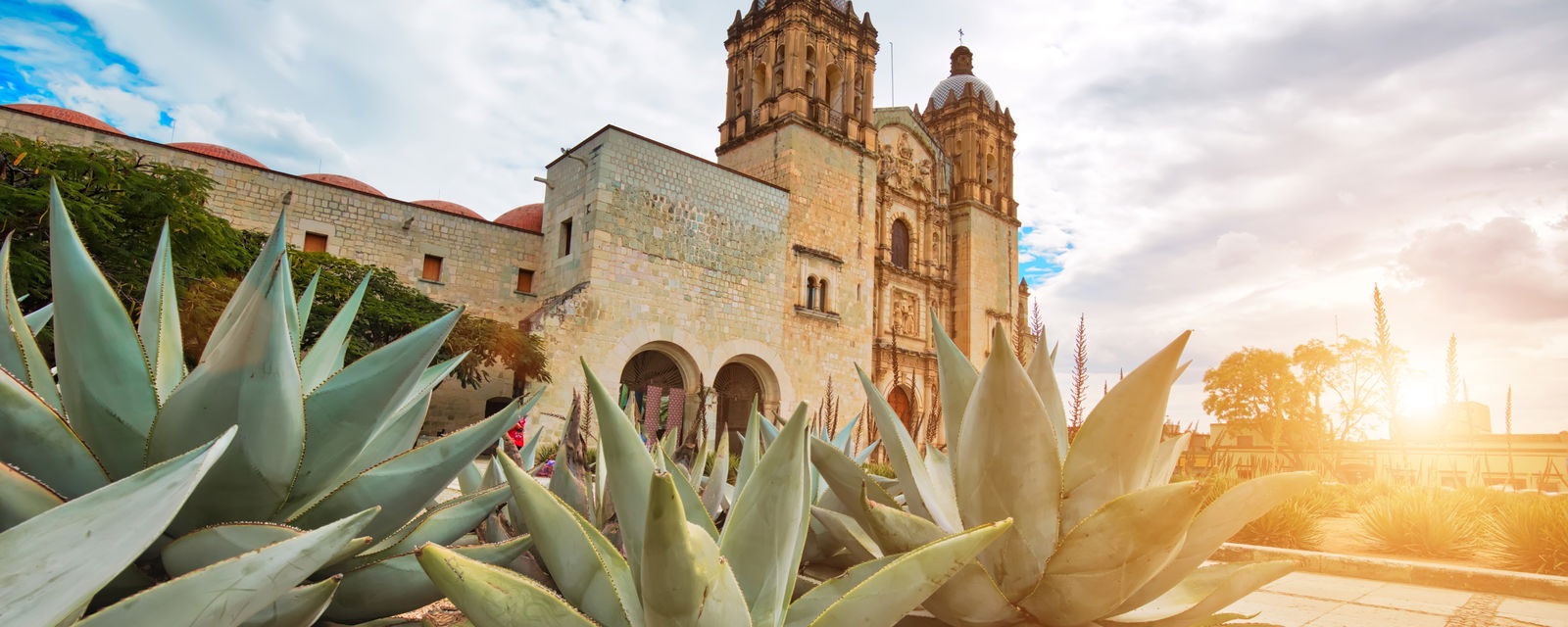


Also known as La Capital, this is a city that in some ways never sleeps. Its vibrant nightlife beats with the pulse of the Dominican Republic well into the wee hours. On the flip side though, while it is a city that likes to have fun, it is also one that takes extreme pride in its history and traditions. Some call Santa Domingo a truly eclectic mix of new and old, culture and fun; here you’ll find one of the hemisphere’s oldest churches and an ancient European fortress. There is certainly plenty for those who like to explore a region’s past. Then again, it is also a hip town that doesn’t take itself too seriously as the people let down their hair and dance to merengue whenever the mood strikes.
Yes, this is a region that certainly takes great pride in its baseball (or as they call it, pelota). Visit the Estadio Quisqueya, home field for both the Tigres de Licey and the Leones del Escogido. The Dominican Republic after all is where the likes of Pedro Martinez and Sammy Sosa got their starts.
This represents the central part of Santa Domingo and it is also the first permanent European settlement in the Americas. History is around every corner in this zone. You can check out the quaint cobblestoned Calle Las Damas: the oldest paved street; the Alcazar de Colon: home of Diego Columbus, who was the first born of Christopher Columbus; as well as a bronze statue of Columbus himself in the Parque Colon.
The oldest cathedral in the Americas, it is said that the first stone laid for construction was done so by Diego Columbus. Construction began in 1512 and was finally completed in 1541. What is truly astounding about the cathedral itself, according to many who visit, are the solid limestone walls.

Santo Domingo's winter, from December to February, offers warm and pleasant weather with temperatures ranging from the mid-70s to low 80s Fahrenheit. It's an ideal time to visit the capital city as it allows for enjoyable exploration of its rich history and cultural attractions. Winter is perfect for visiting the Colonial Zone, a UNESCO World Heritage Site, where visitors can admire well-preserved colonial architecture and historic landmarks like the Alcazar de Colon and the Catedral Primada de America.

Spring in Santo Domingo, from March to May, brings slightly warmer temperatures with highs in the 80s to low 90s Fahrenheit. The city's landscapes are lush and vibrant, making it a great time for outdoor activities. Spring is ideal for exploring the National Botanical Garden and enjoying leisurely walks among beautiful gardens and exotic plant species. Visitors can also indulge in local cuisine and experience the vibrant nightlife at popular spots like the Malecon.

Santo Domingo's summer, from June to August, marks the beginning of the rainy season. While it can be hot and humid with temperatures in the low to mid-90s Fahrenheit, it also provides a refreshing respite from the dry season. Summer offers opportunities to explore the Tres Ojos National Park, a natural wonder with interconnected limestone caves and lagoons. Visitors can take guided tours to discover the park's unique geological formations.

Fall in Santo Domingo, from September to November, is the peak of the hurricane season. The weather remains warm and humid, with temperatures ranging from the mid-70s to low 90s Fahrenheit. Despite the rains, fall is an excellent time to experience the city's cultural events and festivities. Visitors can attend the Merengue Festival in July and enjoy live music, dancing, and traditional Dominican food. Fall is also an ideal time to visit the Plaza de la Cultura, where the National Museum of History and Art and the Museum of Modern Art showcase the country's rich cultural heritage.
